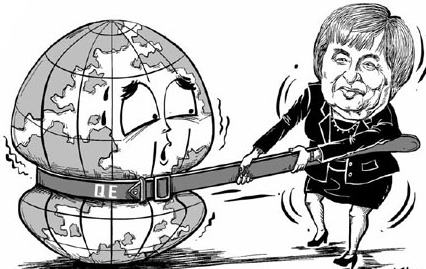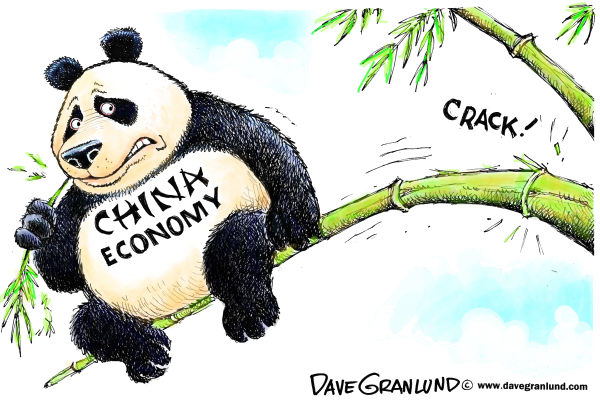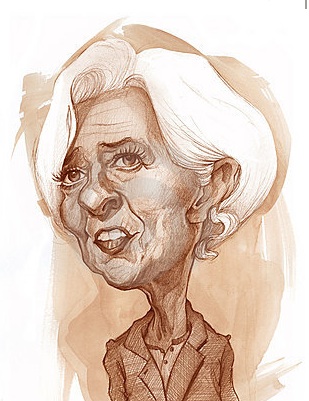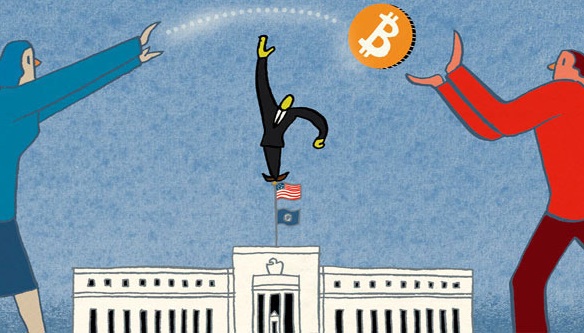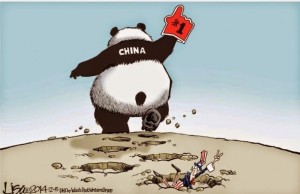The Atlanta Federal Reserve writes: Economies don’t always perform the way we like. Getting them back into winning form takes careful strategy. That’s why we need a monetary policy. Our nation’s monetary policy is an economic strategy is an economic strategy that influences interest rates and the supply of money and credit. So, why does this matter to you? A good monetary policy promotes price stability and high employment. That means people can find jobs and make better-informed choices about what to spend, and businesses can make better informed decisions too. That helps keep the economy moving in the right direction.
It’s the Fed’s job to come up with that monetary policy. In 1913, Congress created the Federal Reserve to provide a more stable and secure monetary and financial system. The Fed’s role in the economy has evolved over time. Sometimes what has ailed the economy is a sudden need for liquidity. During a financial panic, the public’s demand for cash can catch banks by surprise. And since most of the money the banks hold is tied up in loans, they may find getting their hands on cash difficult. Acting as the lender of last resort, the Federal Reserve can lend money against a bank’s good assets and prevent the financial panic from disrupting the economy. This tool is called “The Discount Window.” In 1977, Congress amended the Federal Reserve Act, stating the Fed’s monetary policy objectives were to maximize employment and maintain price stability.
For more than 100 years, the Fed has used its policies to help our economy run smoothly. To create a monetary policy that will work best for the entire nation, the Fed needs a lot of grassroots information. Where does it come from? From farmers, and real estate agents, and car dealers, and factory owners. All over America, different kinds of main street people share what’s going on in their own businesses with their region’s Federal Reserve Bank. The Reserve Banks gather this information and combine it with economic statistics like inflation measures and employment data. Then, from all over the country, that information heads to Washington DC. Eight times a year, the twelve Reserve Bank presidents, along with the Fed’s Board of Governors, meet in Washington and report on their regional economies and present their economic projections. The Federal Open Market Committee, or FOMC, combines all these detailed views of what’s going on nationwide and studies the whole picture. At the end of each FOMC meeting, the voting members – five of 12 Reserve Bank presidents and the seven Fed governors – cast a vote on setting monetary policy. Decisions on monetary policy are immediately communicated to the public.
To build a healthy economy, the FOMC needs good tools. If the Fed needs to adjust interest rates and affect inflation, it uses open market operations, which is the buying or selling of government securities. Buying or selling these securities expands or contracts the supply of money in the banking system. Raising or lowering the federal funds rate, which is the interest rate banks pay each other for borrowing money that is maintained at a Reserve Bank, also effects the inflation rate. And finally, all banks are required to have reserve requirements: nest eggs set aside and kept at the ready so the economy stays fluid.
To meet the challenges posed by our last recession, the Federal Reserve developed new tools and communications for the extraordinary circumstances following the financial crisis. One of these is forward guidance, which is the Fed’s descriptions of its likely future policy making. This helps shape the market’s expectations of interest rates. Another tool is quantitative easing, which is a way to inject liquidity into the economy and help keep long-term interest rates low. No matter what tools or policies the Fed is using, we’ll always let you know what’s going on.
Why is all this important? Ultimately, all these factors work together to create an economic strategy that works for each region, making our national economy run smoothly across the board.

